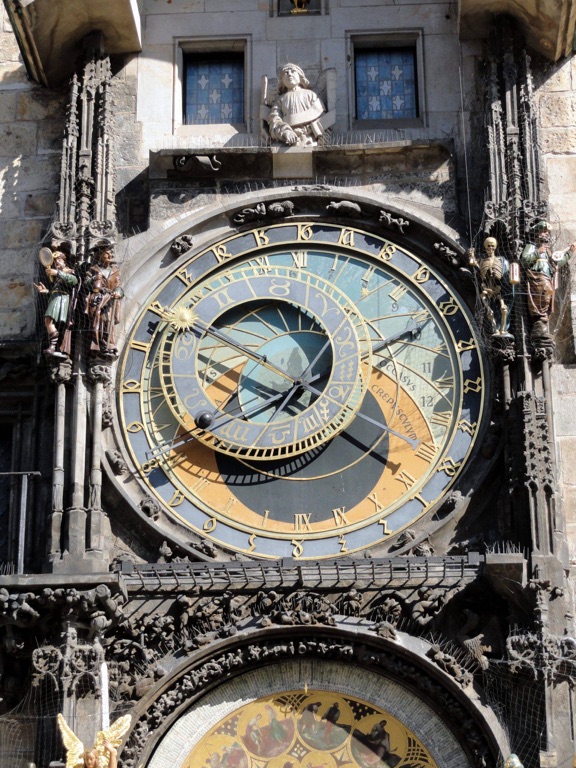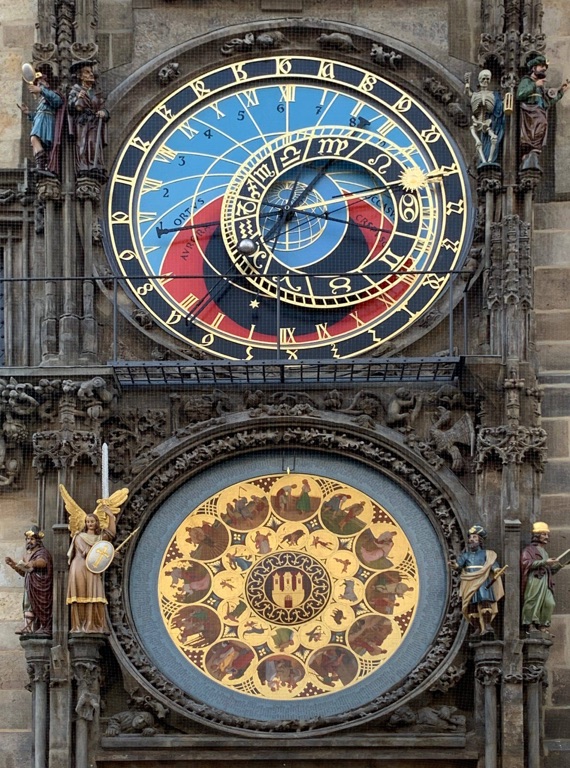Prague’s Astronomical Clock, or the Orloj, is a marvel of medieval engineering and a testament to the ingenuity of its creators. Located in the heart of Prague, the capital city of the Czech Republic, this clock is a must-see for any history enthusiast. Its intricate design and fascinating history make it a captivating subject for exploration.
Get your dose of History via Email
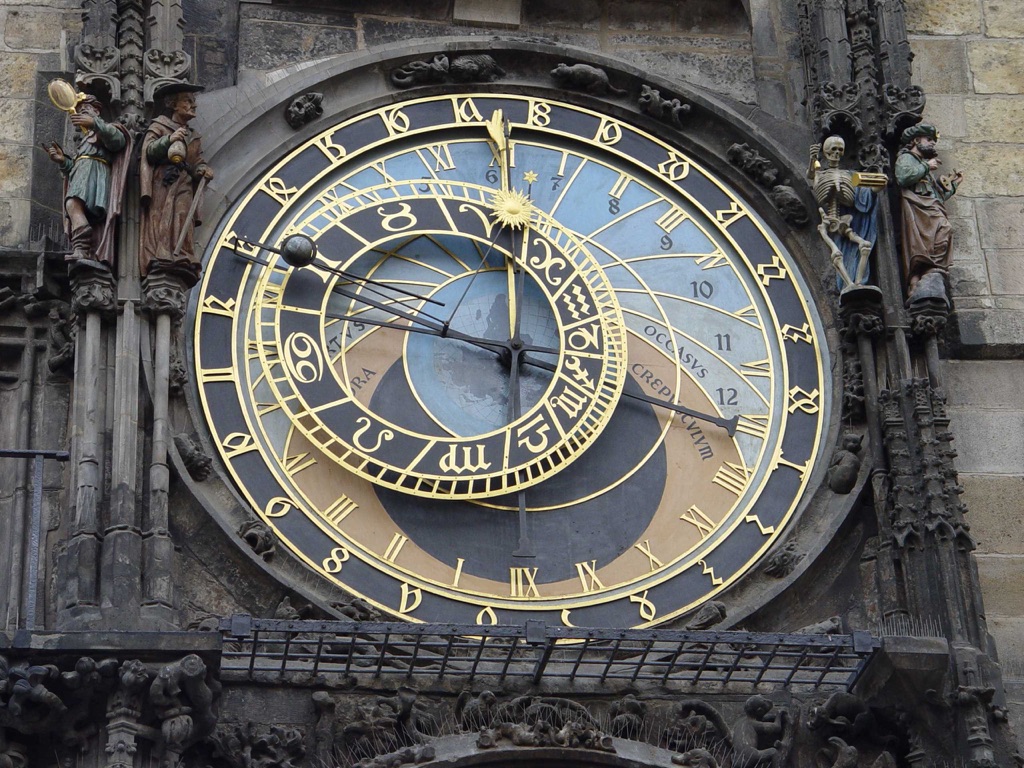
Historical Background
The Prague Astronomical Clock is a medieval astronomical clock that was first installed in 1410, making it the third-oldest astronomical clock in the world and the oldest one still in operation. The clock was created by the clockmaker Mikuláš of Kadaň and Charles University professor Jan Šindel. The clock has been repaired and modified several times throughout its history, with significant contributions from Master Hanuš in the late 15th century.
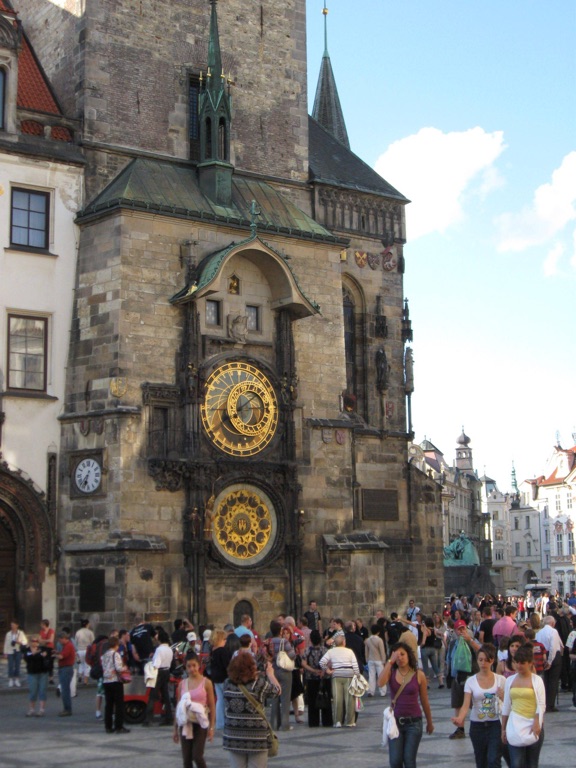
Architectural Highlights
The clock is mounted on the southern wall of Old Town Hall in the Old Town Square. The clock mechanism itself has three main components: the astronomical dial, representing the position of the sun and moon in the sky and displaying various astronomical details; “The Walk of the Apostles”, a clockwork hourly show of figures of the Apostles and other moving sculptures; and a calendar dial with medallions representing the months.
The astronomical dial is the oldest part of the clock. Its background is a representation of the geocentric view of the universe, with the Earth at the center. The clock’s dimensions are not publicly documented, but it is large enough to be a prominent feature of the Old Town Hall, and its intricate details are visible from the square below.
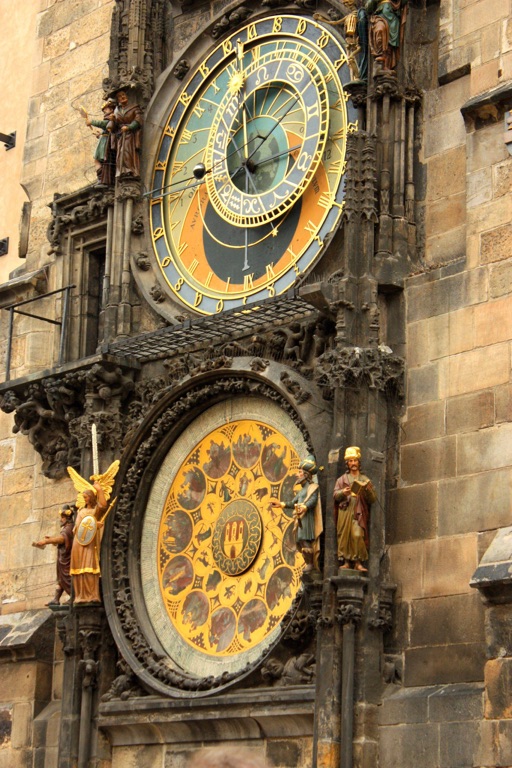
Theories and Interpretations
The clock’s primary purpose was to depict the astronomical phenomena and the perceived universe of the time. The clock represents the medieval understanding of the world: Earth is the center of the Universe, around which the Sun and Moon revolve. The clock also served practical purposes, such as telling the time and date, tracking Christian holidays and local festivals.
The clock’s construction and the symbolism embedded in its design have led to various interpretations and theories. One popular but debunked myth is that the city councilors blinded Master Hanuš so that he could not replicate his masterpiece elsewhere. In reality, Hanuš was not the original creator, and there’s no historical evidence supporting this gruesome tale.
As for dating methods, the clock’s age is well-documented through historical records, so no specific dating techniques were necessary. However, various restoration efforts have used techniques like radiocarbon dating to determine the age of replaced parts and materials.
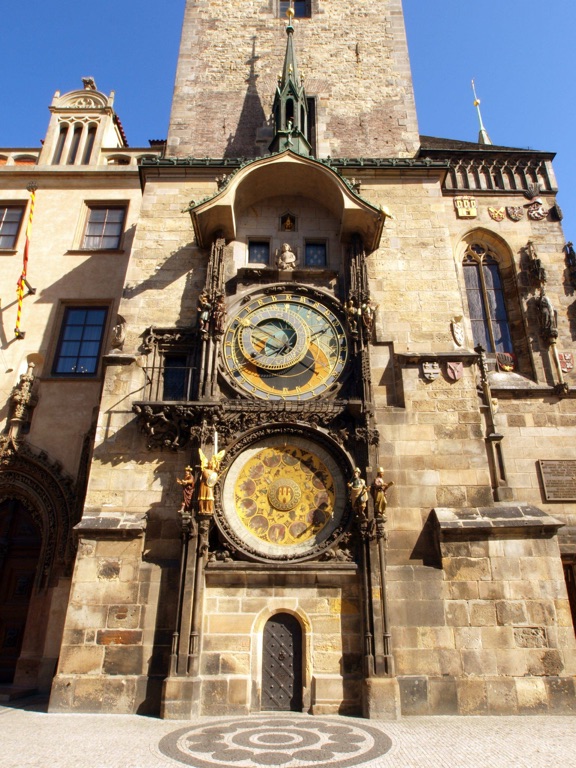
Good to know/Additional Information
Despite its age, the clock is still fully functional and provides a spectacle for visitors every hour, on the hour, during the day. The “Walk of the Apostles” is a sight to behold as the twelve apostles parade past the two windows above the clock, accompanied by the figure of Death striking the time.
Prague’s Astronomical Clock is not just a historical artifact; it’s a living piece of history that continues to enchant and educate visitors about the medieval understanding of the universe. Its blend of science, art, and mythology offers a unique window into the past and a testament to human ingenuity.
